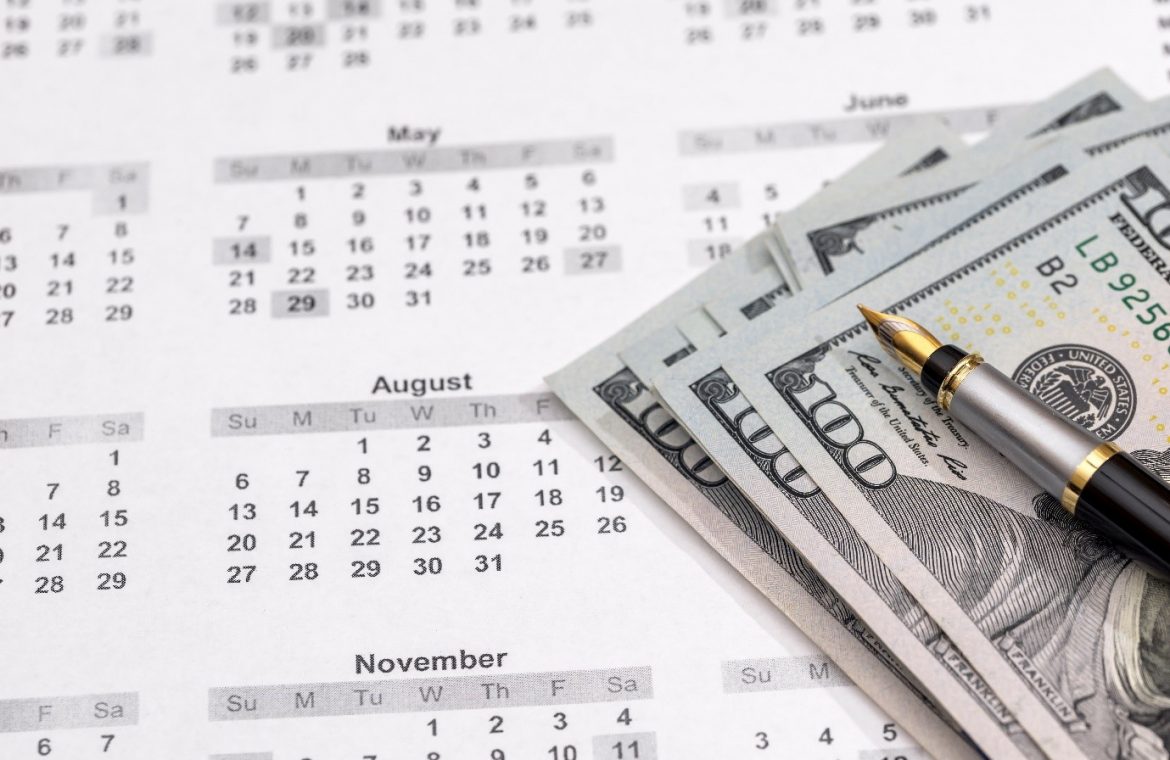As a foreign exchange (forex) trader, an economic calendar should be your go-to reference when making informed decisions about your upcoming movements in the market. The calendar details future events that could affect your investments, and is a great tool to add to your forex trading strategy, to minimise the risk involved in opening a position in the market.
The value of a currency is directly connected to the relevant nation’s economic health. Since the economic calendar contains upcoming releases of a country’s economic data, like the US Non-Farm Payrolls, for example, it can help you to prepare for price fluctuations and market volatility.
Inevitably, some events that take place that affect the forex market are unprecedented — like the coronavirus pandemic — and can’t be plotted in the economic calendar. However, it’s worth familiarising yourself with the major events that appear in the calendar that could affect specific currency pairs. In this article will inform you of these events, to help you to strengthen your trading strategy.
Unemployment rates
One of the main factors that can affect the value of a currency pair, is a nation’s unemployment rates. Employment is a key indicator of a country’s economic health and is released on a monthly basis, charted in the economic calendar.
The unemployment rate is the percentage of a country’s total workforce who are unemployed. These are the individuals who are not in employment, but are entitled to work. This is a key economic indicator because it denotes what percentage of the nation’s population are receiving a reliable stable income.
As a basic rule, a higher unemployment rate would suggest that individuals are only able to purchase necessities, reducing consumption. This could ultimately lead to a country having lower living costs, weakening the economy as a result.
Some of the vital US unemployment rates are detailed in the non-farm payrolls and an economic calendar will inform you that these take place on a monthly basis. This data details the employment of 80% of the workforce in the US, who work in construction, goods and manufacturing.
Gross Domestic Product
Gross Domestic Product (GDP) is a major economic indicator. It contains the value of a country’s goods and services over a specific period of time. A complete overview of a nation’s GDP is released on an annual basis. However, it is sometimes calculated on a quarterly basis, so it’s worth consulting an economic calendar to make sure that you don’t miss any impending updates.
GDP not only informs traders of the value of a country’s goods, but it also informs you of the total capital that the country has spent on goods and services. This makes it one of the most important economic indicators to provide you with an overview of national economic activity, which will have a significant effect on the value of its currency.
Elections
An upcoming electoral vote can have a significant impact on economies, so will be listed in the economic calendar. Elections are surrounded by uncertainty, which generally increases the forex market’s volatility, particularly if the vote is delayed or contested. Prior to the election, the market may experience short-terms changes, which you could profit from if you were to make well-informed decisions through fundamental analysis.
—
Consulting the economic calendar to check for major events will provide you with information and data that could help you to avoid making significant losses in the forex market. You’re also less likely to be caught out by short-term price fluctuations.
On an online trading platform, you’ll be able to access an economic calendar, as well as risk management tools whilst on the go, on a mobile device. This way, you’ll be able to protect your capital when you open a position in the forex market, wherever you are.

“Devoted organizer. Incurable thinker. Explorer. Tv junkie. Travel buff. Troublemaker.”







